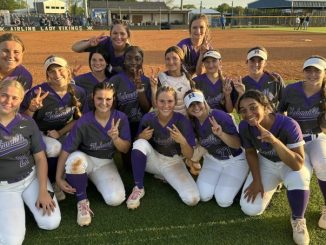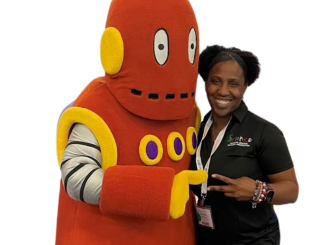
Ronald Reagan rose to power on the shoulders of a middle-class coalition that was angry, proud, motivated, and concerned.
The men and women of this movement were wage earners and small business owners, Republicans and Democrats, church-goers and volunteers. They believed in a strong defense; individual freedom and responsibility; morality and traditional values; and reasonable levels of taxation and government spending. They questioned what they thought was wrong in America but defended our nation—verbally and militarily—against foreign elements who despised us and wished us harm. When our nation deployed military force, it was their sons and daughters who wore the uniforms and bore the arms.
Some wonder why the old Reagan coalition doesn’t seem to be an easily identifiable and focused political force today. The quick answer is: there hasn’t been a Ronald Reagan around to lead them.
It has been interesting to listen to the Republican presidential candidates address the question of what has happened to the party of Reagan and the coalition he built. They act like the seven blind men feeling the different parts of an elephant and trying to figure out what it is. Most of the GOP presidential candidates embody certain elements of the Reagan mantle, but none of them can capture the totality of support from the groups that, collectively, gave Reagan two landslide victories.
There is considerable debate over whether there still is a Reagan coalition, albeit a dormant one. It has been 20 years since Reagan was in the White House. The blue-collar conservatives (both Republican and Democrat) who believe that the federal government squanders too many of their tax dollars have seen post-Reagan Republican presidents and congressional majorities act very similar to the Democrats they opposed, bloating the federal budget and driving up the level of deficit spending. Reaganites who decried the moral decay of America have not seen a major philosophical switch on the U.S. Supreme Court, although Republican presidents have had enough appointments to change the Court’s direction on many issues.
One factor that can explain the seeming invisibility of the Reagan coalition today has to do with changes in political party membership. Reagan’s popularity led to a large number of party switches—both by elected officials and rank-and-file voters. The Republican ranks swelled and the number of Democrats leveled off. When many of the new Reagan Republicans became disillusioned after Reagan left, the number of non-aligned voters leaped. The intense partisanship of the two parties and the gridlock that characterized years of power sharing in Washington led many voters to become registered independents—who vote, in their view, not for champions but for the lesser of evils. Perhaps they were prescient, because 2008 seems to be the year of the “Lesser of Evils” election.
In a real sense, it does us little good to long for the time of Reagan, Kennedy, FDR or Lincoln. Those pages in history have been turned. We can pine for them if we choose, but we can’t relive them. We live in the now, and the now is a very challenging time. Whether we are Democrats, Republicans or non-affiliated, we are becoming almost irrelevant to a huge federal government that becomes less accountable to us every day. Decisions are made daily in Washington that encumber future generations who can’t even vote yet. We need to forget about the past and redirect the present. If not, whomever we elect as president will only be a custodian of a chaotic central government that controls us and is beyond our control.




Be the first to comment